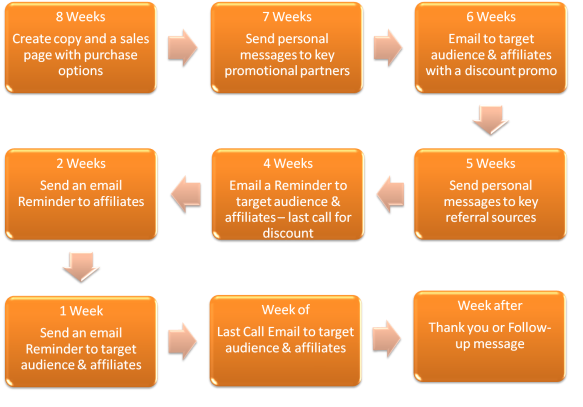 It’s about that time of year, when some people give up on the ambitious goals they set for themselves. However, there are a small percentage of people who are still going strong. What’s their secret? What keeps some people on track while others stray? Motivation, Passion and Visible Results!
It’s about that time of year, when some people give up on the ambitious goals they set for themselves. However, there are a small percentage of people who are still going strong. What’s their secret? What keeps some people on track while others stray? Motivation, Passion and Visible Results!
Who wouldn’t continue doing something that was working? And who wouldn’t be discouraged by hours spent on tasks that yield nothing?
How can we get the instant gratification that we need to motivate us to keep going?
- Low Hanging Fruit – Focus your energy on the closest goals first. This only makes sense, while it is nothing new; perhaps you need to be reminded. Why start with ‘cold calls’ when you have ‘warm’ prospects in your pipeline? Why focus on attracting new clients if you can add services to your existing relationships?
- Start Small – Focus on the small items that you can accomplish quickly. Pay off your credit cards and car loans before trying to pay off your mortgage.
- Bite Size – Break your goals down into the steps needed to accomplish each, and then cross off each step as you achieve it. This gives you smaller achievements and quicker results; not to mention the visible results that will continue to motivate you.
- Focus – As a visionary, it can be easy to get side tracked with something new and exciting, and there’s always something new and exciting. Stay on track by keeping your goals clear and visible every day.
- Keep Track – It’s always inspiring to see what you have accomplished, so keep track of your progress and celebrate successes.
There it is – organization, strategy, dedication, and focusing on the results are the keys to achieving your goals. But the biggest key is that you have to enjoy (or find enjoyment in) your work in order to maintain the motivation and creativity needed to be successful and grow a successful business!
Of course, some goals contain a degree of invisible success that is difficult to measure. For example, the amount of time spent on social media can feel discouraging if you don’t see any direct results, but the truth is that you are improving your brand recognition and visibility.
As for our goals, we are progressing steadily with the re-branding and transitioning to Strategic Office Support, growing our team, receiving some nice press regarding our new collaboration with Luma Coaching, and have started to develop our new site Become A VA.
Our strategy includes growing our team of professionals so we can accomplish more on a regular basis, including working on our own business, expanding our products, and developing new ventures.
Share your strategy, progress, and successes meeting your 2013 goals.







